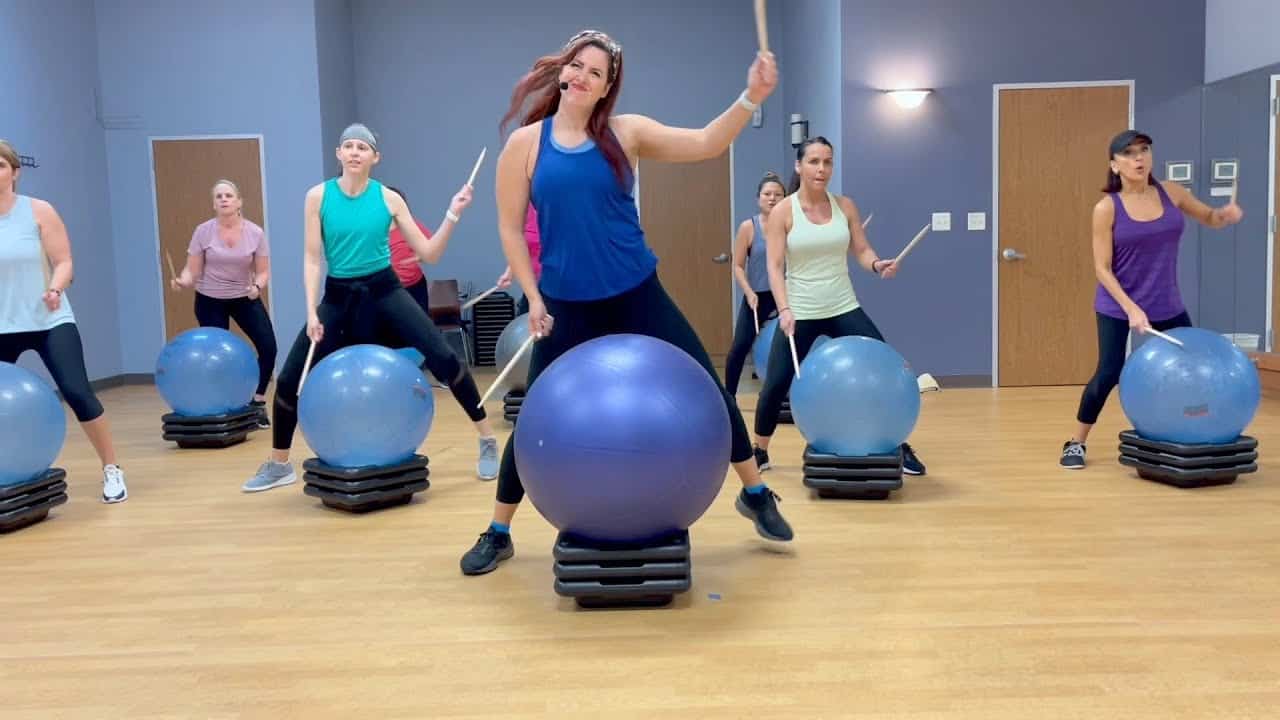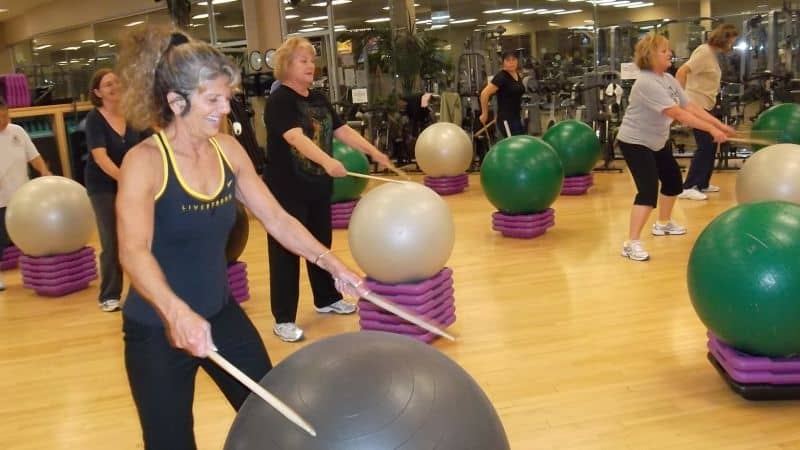Drumming for fitness involves rhythmic movements that engage various muscle groups, providing cardiovascular exercise, coordination improvement, stress relief, and mental stimulation, often through structured drumming workouts or group drumming classes.
Get Fit and Find Your Rhythm: The Surprising Benefits of Drumming for Exercise
Drumming for fitness is a unique and exciting way to incorporate exercise into your routine. It has gained popularity in recent years due to its numerous benefits for both the body and mind. Not only does drumming provide a fun and engaging workout, but it also offers a range of physical and mental health benefits.
Whether you are a beginner or an experienced drummer, this article will explore the science behind drumming for exercise and how it can improve cardiovascular health, enhance coordination and motor skills, and provide tips for getting started.
The Science Behind Drumming for Exercise
Research has shown that drumming has a positive impact on the brain and body. When we drum, our brains release endorphins, which are natural painkillers and mood enhancers. This release of endorphins can lead to feelings of euphoria and increased energy levels. Additionally, drumming has been found to increase alpha brain wave activity, which is associated with relaxation and improved focus.
Drumming also has physical benefits. It can increase heart rate and blood flow, leading to improved cardiovascular health. Studies have shown that regular drumming can lower blood pressure and reduce the risk of heart disease. Furthermore, drumming requires the use of multiple muscle groups, which can lead to increased strength and endurance.
Building Endurance and Cardiovascular Health through Drumming
Drumming is a great way to improve cardiovascular health and build endurance. When we drum, our heart rate increases, similar to when we engage in aerobic exercise. This increased heart rate helps to strengthen the heart muscle and improve overall cardiovascular fitness.
In addition to improving cardiovascular health, drumming also helps to build endurance. The repetitive nature of drumming requires sustained effort over a period of time, which can help to increase stamina and endurance. Regular drumming sessions can lead to improved lung capacity and increased overall endurance.
Enhancing Coordination and Motor Skills with Drumming
Drumming is a highly coordinated activity that requires the use of both hands and feet. This makes it an excellent way to improve coordination and motor skills. When we drum, we are required to coordinate our movements in order to produce the desired sound. This coordination between the hands and feet helps to improve overall motor skills.
Drumming can also benefit athletes by improving their coordination and motor skills. Many sports require precise movements and coordination, and drumming can help athletes develop these skills. Additionally, drumming can help athletes improve their reaction time, as it requires quick and precise movements.
Improving Cognitive Function and Mental Health through Drumming
Drumming has been found to have a positive impact on cognitive function. Research has shown that regular drumming can improve memory, attention, and concentration. This is because drumming requires us to engage both hemispheres of the brain, which helps to improve overall cognitive function.
In addition to improving cognitive function, drumming can also benefit mental health. Drumming has been found to reduce symptoms of anxiety and depression, as well as improve overall mood. The rhythmic nature of drumming can help to calm the mind and promote relaxation.
Drumming as a Stress-Relieving Activity
Drumming is a powerful stress-relieving activity that can help to reduce stress and anxiety. When we drum, our bodies release endorphins, which are natural stress relievers. This release of endorphins can help to reduce feelings of stress and promote relaxation.
Drumming can also be used as a form of meditation. The repetitive nature of drumming can help to quiet the mind and promote a sense of calmness. Many people find that drumming allows them to enter a meditative state, where they can focus solely on the rhythm and let go of any stress or worries.
The Social Benefits of Drumming for Exercise
Drumming is not only a great individual activity, but it can also be a social one. Drumming in a group setting can help to build a sense of community and connection. When we drum together, we are able to synchronize our movements and create a unified sound. This sense of unity can help to foster a sense of belonging and camaraderie.
Drumming in a group setting can also provide a sense of support and encouragement. When we drum with others, we can learn from each other and push ourselves to improve. This sense of support can help to boost motivation and make the drumming experience even more enjoyable.
Drumming for Weight Loss and Body Toning
Drumming is a great way to aid in weight loss and body toning. When we drum, we engage multiple muscle groups, including the arms, shoulders, core, and legs. This full-body workout can help to burn calories and increase muscle tone.
In addition to burning calories, drumming also helps to improve overall body coordination and balance. The rhythmic movements required in drumming can help to strengthen the core muscles, which are essential for maintaining balance and stability.
Finding Your Inner Rhythm and Boosting Self-Confidence
Drumming is a powerful tool for helping individuals find their inner rhythm. When we drum, we are able to connect with our own internal rhythm and express ourselves through music. This connection with our inner rhythm can help us feel more grounded and in tune with ourselves.
Drumming can also boost self-confidence. When we drum, we are able to create our own unique sound and express ourselves creatively. This sense of self-expression can help to boost self-confidence and self-esteem.
Getting Started with Drumming for Fitness
If you are interested in trying drumming for fitness, here are a few tips to get you started:
1. Find a drumming class or group in your area. Many community centers and music schools offer drumming classes for beginners.
2. Start with a basic drumming technique. Learn the proper hand and foot positions and practice simple rhythms to build your skills.
3. Invest in a good quality drum set. While you can start with a basic drum set, investing in a higher quality set will provide a better sound and overall experience.
4. Practice regularly. Like any form of exercise, consistency is key. Set aside dedicated time each week to practice your drumming skills.
The Many Rewards of Drumming for Exercise
Drumming for fitness offers a wide range of benefits for both the body and mind. From improving cardiovascular health and building endurance to enhancing coordination and motor skills, drumming provides a unique and engaging workout.
Additionally, drumming can improve cognitive function, boost mental health, relieve stress, provide social benefits, aid in weight loss and body toning, help individuals find their inner rhythm, and boost self-confidence.
So why not give it a try? Grab some drumsticks and let the rhythm guide you to a healthier and happier you.
Originally posted 2024-02-29 03:17:16.



